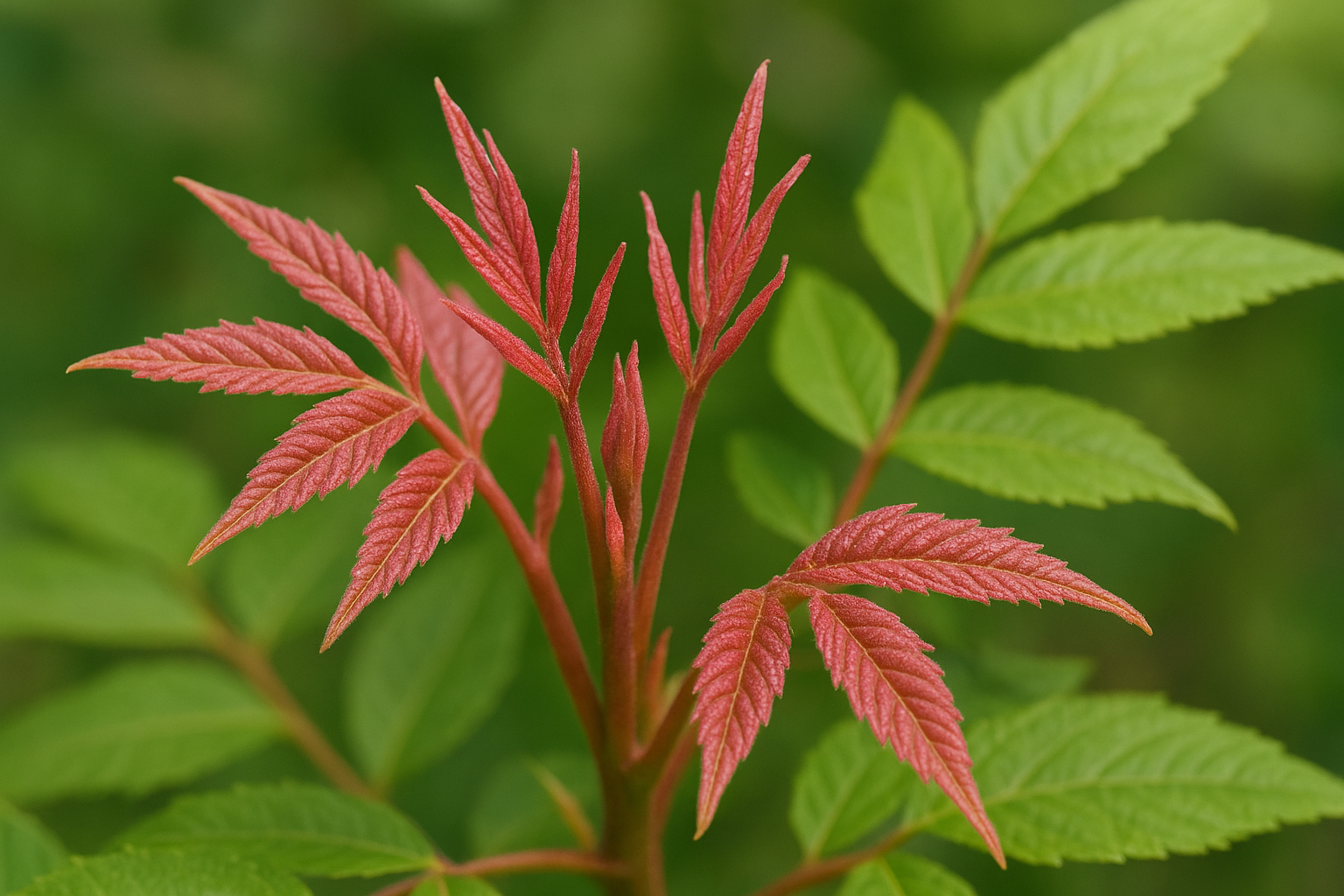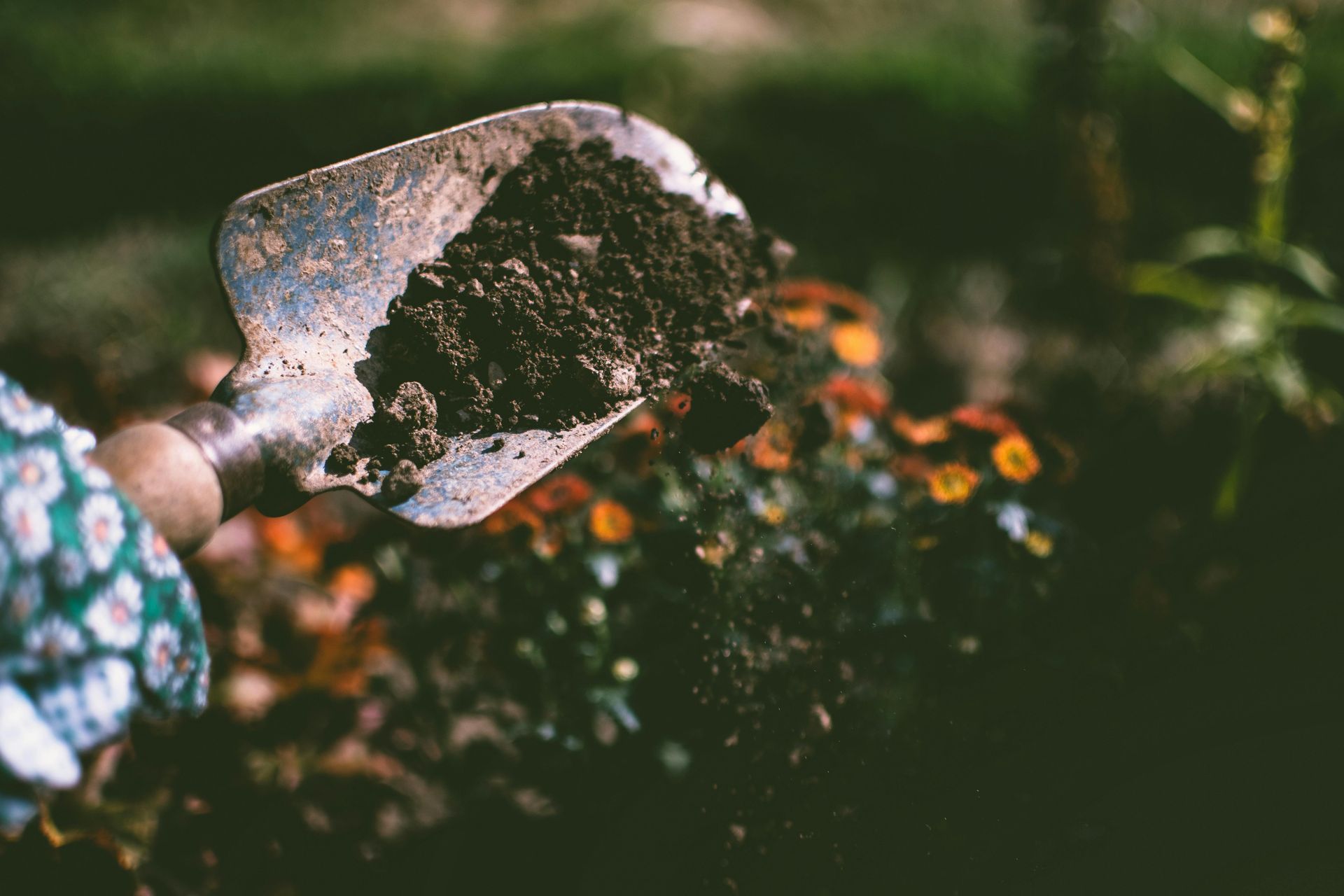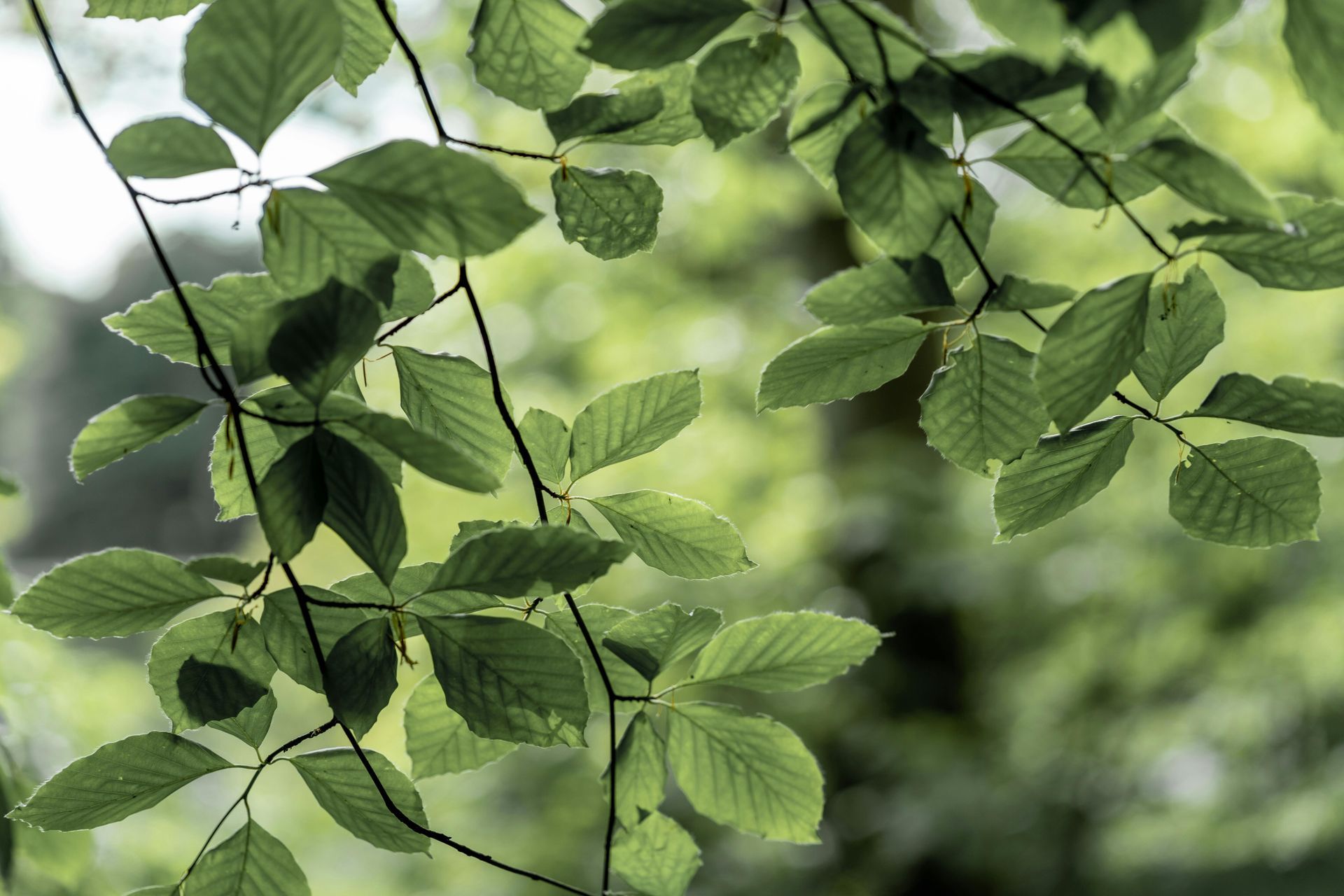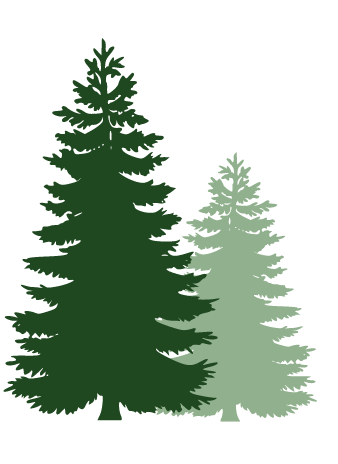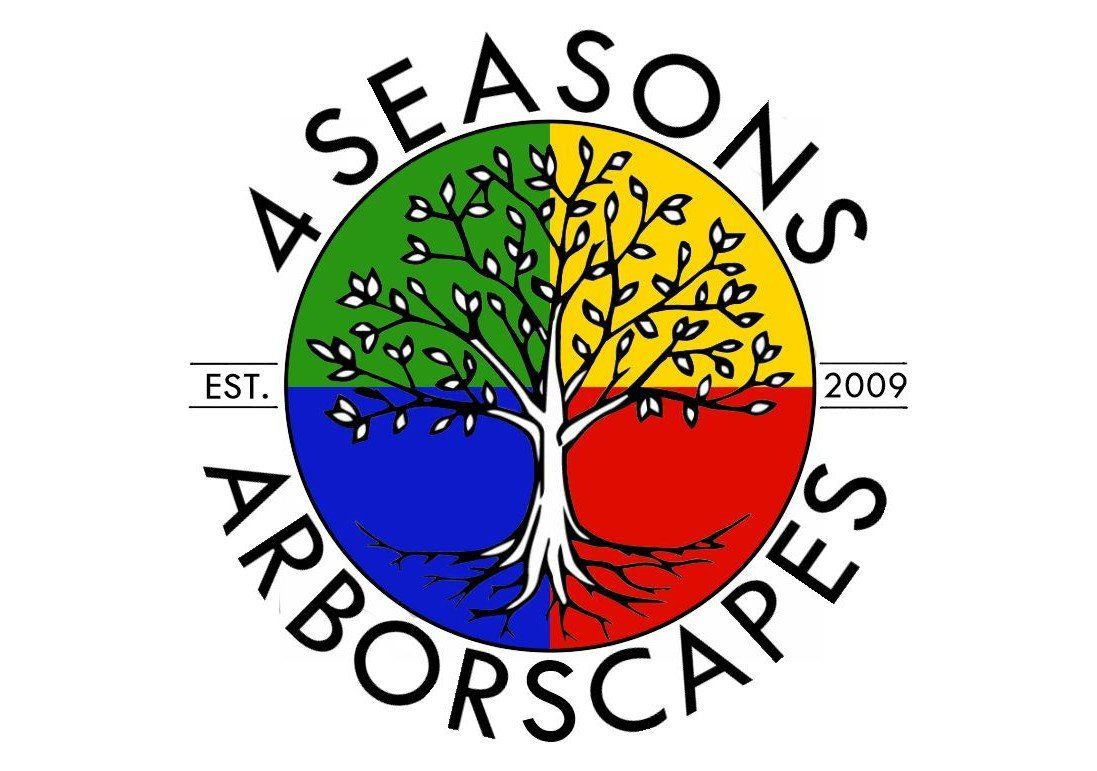Creative Uses for Wood Chips: Playground Areas & Animal Bedding
Wood chips are often overlooked as something to use in playground areas and as animal bedding. From providing a safe and cushioned surface for play to creating a comfortable environment for our animals, wood chips offer a range of benefits that make them the top choice for many.
Using Wood Chips for Playground Areas
Using wood chips as a playground surface is a popular and effective choice, providing a natural and cushioned area for children to play while enhancing safety. Using wood chips for a playground area is generally considered eco-friendly. Wood chips are a natural product that are biodegradable and environmentally friendly. They are often sourced from sustainable forestry practices or as a byproduct of tree maintenance, which promotes sustainability and reduces the dependence on non-renewable resources. You can even sign up for free wood chips right here on our website!
Benefits of Wood Chips for Playground Areas
- Safety. Wood chips provide a soft, cushioned surface that helps absorb impact and reduce injuries from falls. They meet safety standards for impact attenuation, providing a safer environment for children to play compared to harder surfaces like concrete or asphalt.
- Shock absorption. Wood chips offer excellent shock absorption, dispersing the force of impact when a child falls. This helps minimize the risk of serious injuries such as fractures or concussions, making playgrounds safer for children of all ages.
- Accessibility. Wood chips are accessible to children with disabilities, including those who use mobility aids like wheelchairs or walkers. Their soft, forgiving surface allows for easier movement and navigation, ensuring that all children can enjoy the playground safely.
- Natural appearance. Wood chips provide a natural and rustic appearance that blends well with outdoor environments. They complement the landscape and create a more inviting and aesthetically pleasing playground space.
- Versatility. Wood chips can be used to create various play zones within a playground, including climbing areas, swings, and play structures. They can be easily spread and leveled to accommodate different play equipment and configurations.
- Cost-effectiveness. Wood chips are a cost-effective option for playground surfacing compared to alternatives like rubber mulch or synthetic turf. They are readily available and relatively inexpensive, making them a budget-friendly choice for schools, parks, and community playgrounds.
- Renewable and sustainable. Wood chips are made from natural materials and are renewable and sustainable when sourced responsibly. They can be produced from by-products of the lumber industry or from sustainably managed forests, reducing environmental impact.
- Low maintenance. Wood chips require minimal maintenance compared to other playground surfacing materials. They do not need to be replaced as frequently as some alternatives and can be easily replenished or redistributed as needed to maintain an even surface.
How To Use Wood Chips for a Playground Area
To begin installing your wood chips in your playground area, you will need a few things:
- Wood chips. Choose high-quality, untreated wood chips specifically designed for playground use. Ensure the chips meet safety standards and regulations for impact attenuation.
- Geotextile fabric (optional). Consider using geotextile fabric as an optional base layer. This can help prevent weed growth, stabilize the ground, and improve drainage.
Now you are ready to get started.
- Site preparation. Clear the playground area of any debris, rocks, or sharp objects. Level the ground and remove any vegetation.
- Install geotextile fabric (optional). If you're using geotextile fabric, lay it over the prepared area. This fabric acts as a barrier, preventing weed growth and enhancing stability.
- Define playground boundaries. Establish clear boundaries for the playground area, either with physical barriers or by marking the edges. This helps contain the wood chips and keeps them within the designated play space.
- Consider safety & depth requirements. Follow safety guidelines regarding the minimum depth of the wood chip layer to provide adequate fall protection. Guidelines may vary, so consult local regulations and standards.
- Calculate thickness. Determine the appropriate thickness of the wood chip layer based on safety guidelines and regulations. The required depth is often specified to ensure proper impact attenuation and fall protection.
- Spread wood chips. Spread the wood chips evenly over the playground area. Use a rake or shovel to distribute them to the desired thickness. Ensure uniform coverage to provide consistent impact absorption.
- Level the surface. Rake and level the wood chip surface to create a smooth and even playground area. Pay attention to high-traffic zones to prevent uneven settling.
- Compact the wood chips. Tamp down the wood chips using a manual or mechanical compactor. This step helps create a firm yet cushioned surface for safe play.
- Regular maintenance. Periodically inspect and maintain the wood chip surface. Add additional chips as needed to maintain the recommended thickness, especially in high-traffic areas or where settling has occurred.
- Address wear and tear. Replace or replenish wood chips as necessary to address wear and tear over time. Regular maintenance ensures that the playground surface continues to meet safety standards.
- Regular inspections. Conduct regular inspections of the wood chip surface to identify and address any issues promptly. This includes checking for signs of wear, settling, or uneven areas.
Using wood chips as a playground surface provides a natural and visually appealing environment for children to play. It offers impact absorption, reducing the risk of injuries from falls, and creates a softer landing surface compared to harder materials. Regular maintenance is key to ensuring the ongoing safety and functionality of the wood chip playground surface.
Using Wood Chips for Animal Bedding
Using wood chips for animal bedding is a common and practical practice in various agricultural and animal husbandry settings. Wood chips can provide comfortable bedding for animals, offer insulation, and help manage waste.
Benefits of Using Wood Chips for Animal Bedding
- Comfort. Wood chips provide a soft and cushioned surface for animals to rest on, promoting their well-being and reducing stress.
- Absorbency. Wood chips have excellent absorbent properties, quickly soaking up moisture such as urine and spilled water. This helps keep the bedding dry, reducing the risk of bacterial growth and odors.
- Insulation. Wood chips provide natural insulation, helping to regulate temperature in animal enclosures. They retain heat in colder weather, keeping animals warm, and provide a cooler surface in hot weather, preventing overheating.
- Durability. Wood chips are durable and long-lasting, resisting compaction and maintaining their shape and structure over time. This reduces the need for frequent bedding changes and helps maintain a clean and hygienic environment for animals.
- Natural and non-toxic. Wood chips are made from natural materials and are free from harmful chemicals and toxins, making them safe for animals to come into contact with. They are also biodegradable, breaking down naturally over time without causing harm to the environment.
- Odor control. Wood chips help control odors in animal enclosures by absorbing moisture and trapping odorous compounds. This creates a more pleasant environment for both animals and caretakers.
- Versatility. Wood chips can be used for a wide range of animal species and enclosures, including horses, poultry, small mammals, and reptiles. They can also be used in outdoor areas such as paddocks and pens, providing a comfortable and hygienic surface for animals to walk and rest on.
- Cost-effectiveness. Wood chips are readily available and relatively inexpensive compared to other types of bedding materials. They can be sourced locally from lumber mills, landscaping companies, or forestry operations, making them a cost-effective option for animal bedding.
How To Use Wood Chips for Animal Bedding
To begin installing wood chips for animal bedding all you will need is two things:
- Wood chips. Choose high-quality, untreated wood chips. Avoid using wood chips from treated or painted wood, as these may contain chemicals that can be harmful to animals.
- Storage area. Have a designated storage area for the wood chips, keeping them dry and free from contaminants.
Now you are ready to get started.
- Select the right wood chips. Choose wood chips from species that are safe for the specific animals you are using the bedding for. Ensure the chips are free from toxins and chemicals. Consider the size of wood chips based on the animals' needs. Smaller chips are suitable for smaller animals like rodents or birds, while larger chips may be preferred for larger animals. Be aware of any potential allergies or sensitivities animals may have to certain types of wood. If allergic reactions or sensitivities are observed, consider alternative bedding materials.
- Prepare the bedding area. Clear the animal housing area of debris and waste. Ensure proper drainage to prevent moisture buildup.
- Spread an initial layer. Spread an initial layer of wood chips on the floor of the animal housing area. The thickness of this layer will depend on the specific needs of the animals and the type of facility.
- Monitor moisture levels. Wood chips help absorb moisture and provide a dry surface for animals. Monitor the moisture levels regularly and add more wood chips as needed to maintain a comfortable and dry bedding environment.
- Add wood chips regularly. As the wood chips break down over time, add fresh chips to replenish the bedding. Regular additions help maintain a clean and comfortable living space for the animals.
- Consider composting used bedding. If appropriate, you can compost used wood chip bedding along with other organic materials. This turns the waste into nutrient-rich compost for use in gardens or on fields.
- Monitor animal behavior. Pay attention to the animals' behavior to ensure they are comfortable with the wood chip bedding. Some animals may have preferences for certain types of bedding material.
- Dispose of used bedding properly. Dispose of used wood chip bedding in an environmentally responsible manner. If composting is not an option, consider other disposal methods that align with local regulations.
Animals Suitable for Wood Chip Bedding
- Poultry. Wood chips can be used as bedding for chickens, ducks, and other poultry.
- Livestock. Cattle, goats, sheep, and pigs can benefit from wood chip bedding in their shelters.
- Small animals. Wood chips are commonly used as bedding for small animals like rabbits, guinea pigs, hamsters, and ferrets.
- Horses. Wood chips can be used in horse stalls and barns to provide comfortable bedding for horses.
When using wood chips for animal bedding, it's important to consider the specific needs and preferences of the animals, ensuring that the bedding material promotes their well-being and health. Additionally, cleanliness and regular maintenance are essential to creating a hygienic and comfortable living environment.
It's clear that using wood chips for animal bedding isn't just good for our animals—it's great for the planet too. By opting for this natural material, we're saying no to harmful chemicals and synthetic additives often found in traditional bedding. Plus, wood chips are renewable and biodegradable, meaning they won't sit in a landfill for centuries once we're done with them. By going green with wood chips, we're not just providing comfortable bedding for our animals; we're also doing our part to keep our planet healthy and happy for generations to come.
References:
https://www.greenlinearb.com/post/wood-chip-playgrounds-building-natural-and-sustainable-outdoor-play-areas
https://ownplayground.com/playground-wood-chips-101-everything-you-need-to-know
Wood Chip Animal Bedding: Sustainable Options for Livestock and Pets (greenlinearb.com)
Images - Canva
Check out the latest:





